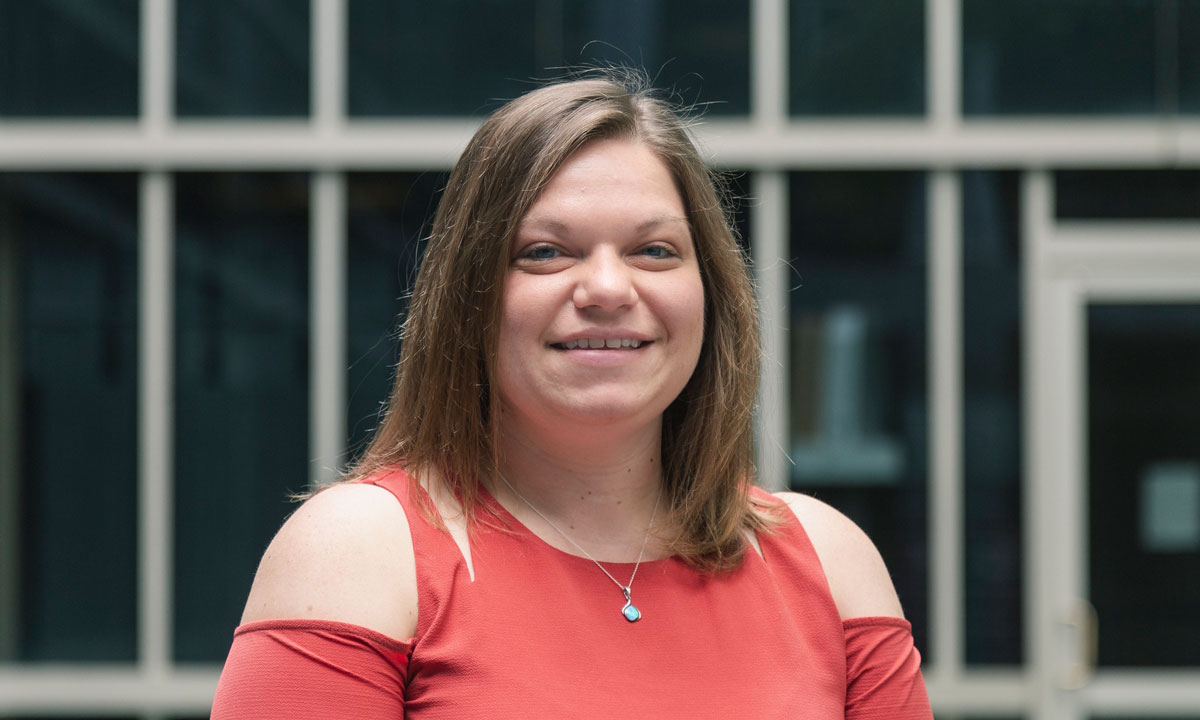Jennifer Puetzer, Ph.D., an assistant professor in the Department of Biomedical Engineering in the VCU College of Engineering, has been awarded a pilot grant from the Orthoregeneration Network (ON) Foundation for a project investigating methods to improve rotator cuff healing using engineered tissues.
Puetzer, who also has an affiliate appointment in the Department of Orthopaedic Surgery at the VCU School of Medicine, focuses on musculoskeletal tissue engineering.
At the annual meeting of the Arthroscopy Association of North America (AANA) in May 2019, AANA held a joint clinical translational forum on improving rotator cuff healing with ON, an independent international foundation based in Lucerne, Switzerland, and the Orthopaedic Research Society (ORS). During the forum, participants selected a research question related to bone-tendon interface healing to be awarded funding.
Puetzer’s project was selected to receive the ON Foundation grant.
Puetzer said rotator cuff repairs often fail, primarily because of the connections between the tendon and bone. These attachments throughout the body have complex organizations that allow them to transition from stretchy elastic tendons to stiff bone.
“Currently, we have no way of recreating these attachments after injury in tissues like the rotator cuff or anterior cruciate ligament (ACL),” she said. “In fact, 20 to 80 percent of rotator cuff repairs fail — primarily at this connection — due to a lack of regeneration.”
Puetzer’s lab has developed a culture system creating tendon-to-bone tissue that is similar to what is seen in animals and humans just after birth. “We believe that by mirroring the mechanical loads that occur after birth we can further drive the complex organizations of the tendon-to-bone attachment in our engineered replacements.”
She said, “Our end goal is to develop functional replacements for rotator cuff repair, while gaining an understanding of what drives tendon-to-bone organization so as to recreate it after injury for tissues throughout the body.”
